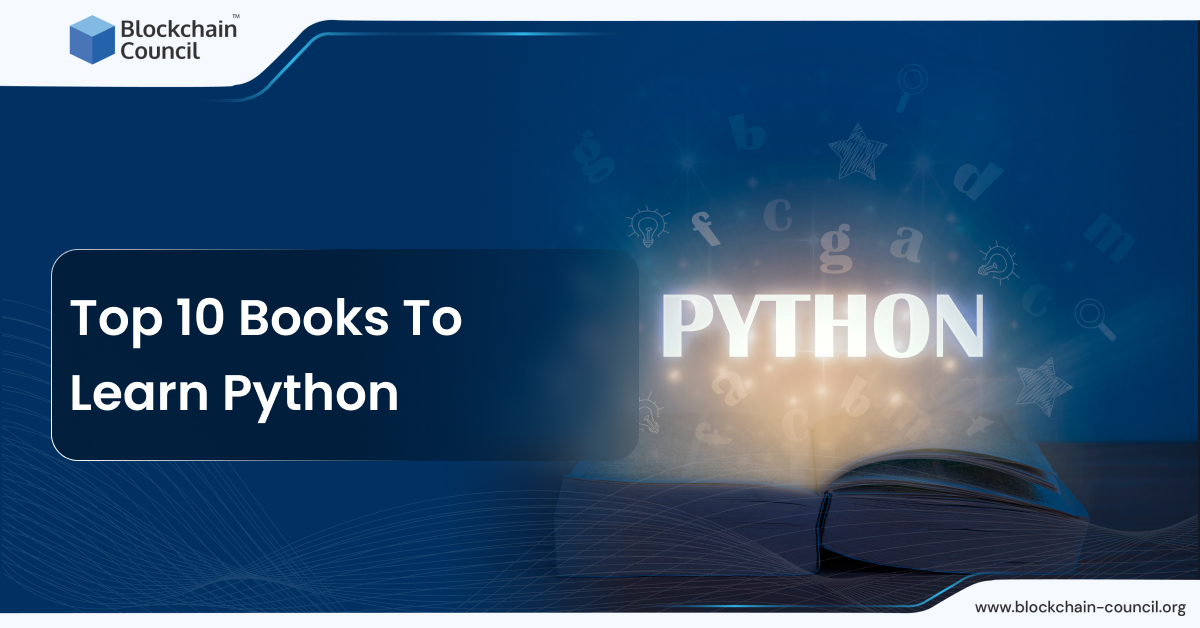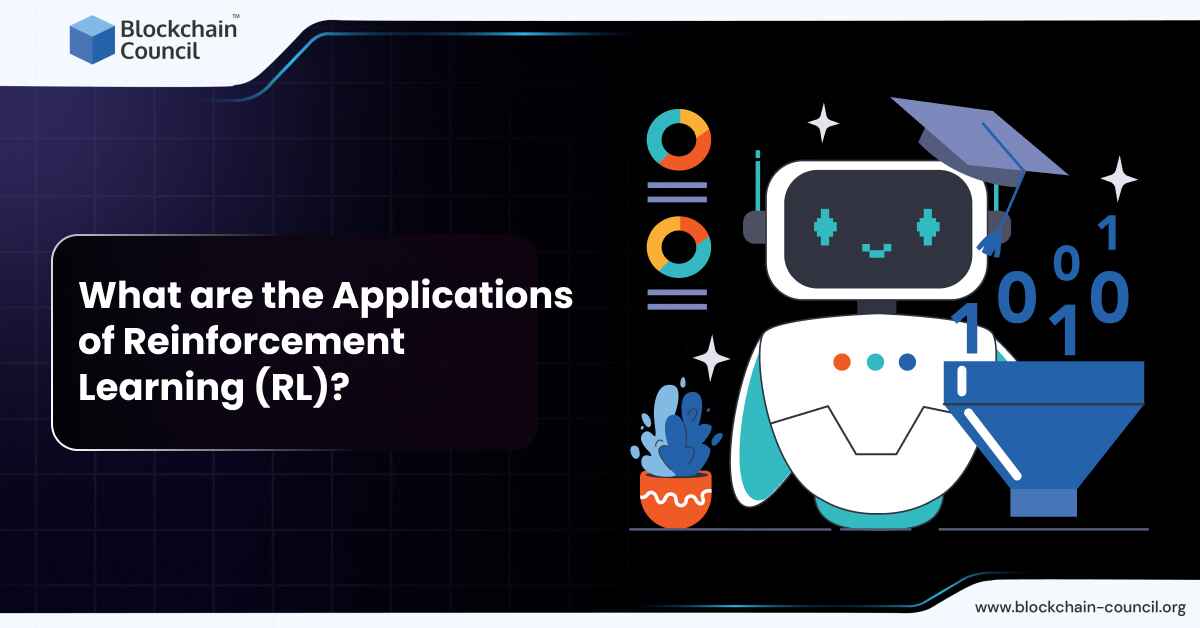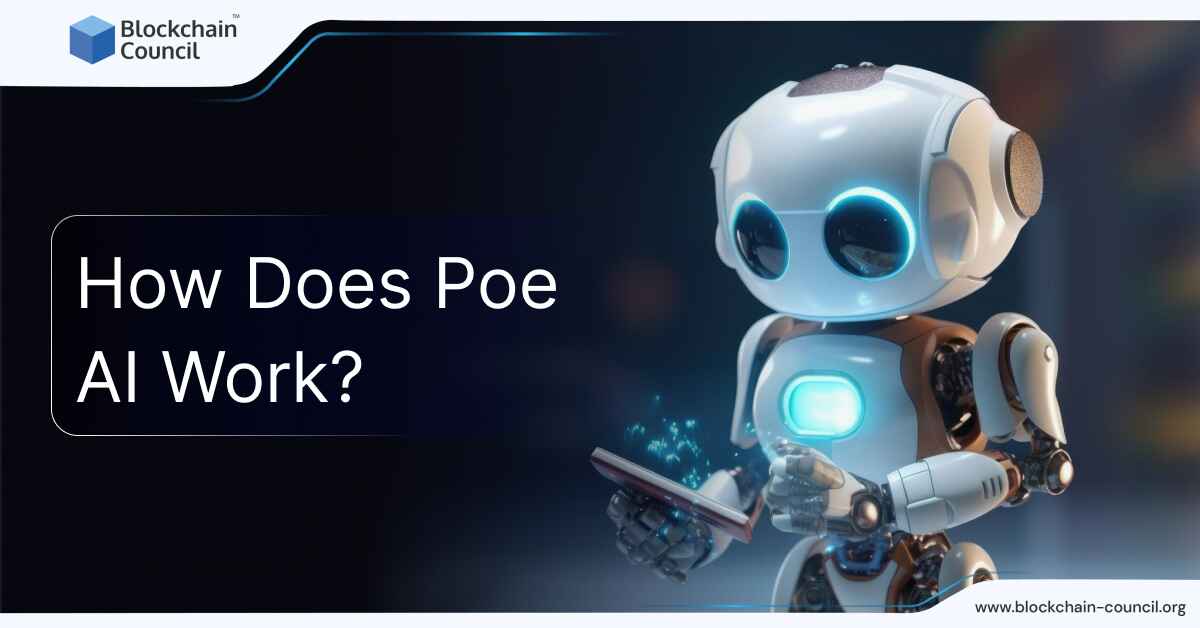
- Blockchain Council
- September 13, 2024
Best Python Books
Here, we have listed the best Python books categorized by beginner, intermediate, and advanced levels. So let’s get started:
Best Books for Beginners
Python Crash Course
Python Crash Course by Eric Matthes provides a hands-on, project-based approach to learning Python, which is beneficial for beginners who want to immerse themselves immediately into practical coding. By engaging in projects, readers develop a solid understanding of Python’s capabilities and applications in real-world scenarios.
Invent Your Own Computer Games with Python
Invent Your Own Computer Games with Python by Al Sweigart is a unique book for those interested in game development. It’s a fun and interactive way to learn Python, as it allows beginners to apply their learning to create engaging games, making the process enjoyable and informative.
Python Basics: A Practical Introduction to Python 3
Python Basics: A Practical Introduction to Python 3 is an excellent choice for those starting their Python journey. It offers a balanced mix of foundational tutorials and practical code recipes, allowing readers to grasp the basics of Python and apply their knowledge effectively.
Also Read: Top 10 Use Cases Of Python In Real World
Books for Intermediates
Fluent Python: Clear, Concise, and Effective Programming
Fluent Python: Clear, Concise, and Effective Programming by Luciano Ramalho is a cornerstone for intermediate learners who wish to delve deeper into Python. It stands out as a comprehensive guide that helps seasoned programmers from other languages to think in a Pythonic manner, leveraging the language’s unique strengths and expressing common patterns effectively. The book delves into advanced topics like metaprogramming, generators, and concurrency, offering a clear path for improving code readability and efficiency.
Python for Data Analysis
Python for Data Analysis by William McKinney is a highly recommended resource for those venturing into data science. It provides a thorough walkthrough of data analysis techniques in Python, focusing on hands-on applications. Readers learn to manipulate, filter, analyze, and visualize data using libraries like pandas and NumPy, which are staples in the data analysis domain. This book stands as an indispensable tool for anyone aiming to use Python for data analysis, offering insights into the Python programming language and its data-oriented module architecture.
Advanced Python Books
Advanced Data Science and Analytics with Python
For those seeking to delve deeper into the Python world, especially in the realms of data science and analytics, Advanced Data Science and Analytics with Python is an insightful resource. It explores sophisticated data science tools such as SciKit-learn and Pandas, which are instrumental in data manipulation and analysis. This book is aimed at readers who have a solid foundation in Python and want to extend their skills to include data-focused programming, providing them with the expertise to handle complex data sets and perform advanced analytical tasks effectively.
Machine Learning with Python Cookbook
Machine Learning with Python Cookbook is another essential volume for Python practitioners venturing into machine learning. It’s packed with practical solutions, addressing common and complex machine learning challenges. This resource is particularly valuable for its application-oriented approach, offering readers a collection of recipes that can be directly applied or adapted to solve real-world problems using Python. It’s an indispensable guide for anyone looking to refine their machine-learning techniques and broaden their understanding of how Python can be leveraged in this exciting field.
Also Read: Top 10 Machine Learning Projects In 2024
Specialized Python Books
Introduction to Machine Learning with Python
For data science enthusiasts venturing into machine learning, Introduction to Machine Learning with Python is an indispensable resource. Authored by experts in the field, this book not only delves into the intricacies of machine learning algorithms but also emphasizes the importance of writing clean, efficient Python code specifically tailored for machine learning applications. It sets a strong foundation by covering popular machine learning libraries like Scikit-Learn, providing readers with the tools to create sophisticated models and algorithms.
Statistics and Data Visualization with Python
Statistics and Data Visualization with Python stands out as an excellent starting point for those at the intersection of Python programming and statistics. It’s tailored for readers who are new to both fields, offering a comprehensive introduction to statistical analysis and data visualization in Python. The book shines by breaking down complex statistical concepts into understandable segments, paired with Python’s powerful libraries for data manipulation and graphical representation, such as pandas and seaborn.
Advanced Python Programming
When it comes to Advanced Python Programming, the book targets developers looking to deepen their understanding of Python’s advanced features. This could include topics such as decorators, context managers, metaclasses, and more. The content is geared towards programmers who already have a grasp of Python basics and are ready to tackle more complex subjects that enhance the robustness and efficiency of their code.
Also Read: Top 10 Applications Of Machine Learning
Latest Trends in Python Programming
Python’s versatility continues to anchor its position as a leader in various fields, including AI and machine learning, data science, and web development. In 2023 and 2024, it’s expected to further extend its capabilities with advanced libraries and frameworks designed to make powerful technologies like machine learning and AI more accessible.
- Python’s syntax, akin to the English language, simplifies the learning curve, making it an attractive choice for beginners and experts alike.
- In the realm of AI, expect to see Python powering simplified machine learning through user-friendly libraries like Scikit-Learn. Python is also a strong player in natural language processing (NLP), with mature libraries like spaCy and nltk that are set to evolve with better sentence encoding and understanding. For data science, robust data pipelines and real-time streaming data capabilities will be at the forefront, using Python’s strong integration with big data platforms and cloud-native architectures.
- Web development trends also indicate a growing preference for Python, with frameworks like Django and Flask offering both newbies and seasoned developers the tools for building scalable and secure web applications. The rising popularity of async frameworks and the integration of Python with WebAssembly point towards a more versatile and performance-oriented web development environment.
- Python’s influence in DevOps cannot be overlooked. It’s increasingly used for infrastructure automation and continuous integration and deployment (CI/CD) pipelines, highlighting its role in cloud deployments and infrastructure management.
- For scientific computing and data analysis, Python continues to be the platform of choice, with specialized libraries enhancing capabilities in numerical analysis, visualizations, and data frames. GPU acceleration tools will further enable Python to handle computationally intensive tasks with ease.
- In terms of security and privacy, Python is expected to develop stronger tools for cybersecurity and encryption, ensuring it remains at the forefront of technology trends in 2024.
Conclusion
In a field where the only constant is change, staying abreast of the latest developments in Python is crucial. Our top 10 selection serves as a comprehensive guide, taking you from the fundamentals all the way to the cutting edge of Python programming. These resources are more than just books; they are gateways to a community and career that continues to grow and innovate. As you turn the pages, you’ll find yourself not just learning a language, but adopting a mindset geared towards problem-solving and innovation. Remember, the journey of mastering Python is a marathon, not a sprint, and the right book can be both your compass and companion. Embrace the challenge, and happy coding!
FAQ’s
Why is Python considered a valuable programming language in 2024?
- Python remains powerful and simple, catering to both beginners and seasoned developers.
- Its syntax, similar to English, simplifies the learning curve.
- Python is versatile, with applications in AI, machine learning, data science, web development, and DevOps.
What are some recommended Python books for beginners?
- “Python Crash Course” by Eric Matthes offers a hands-on, project-based approach.
- “Invent Your Own Computer Games with Python” by Al Sweigart provides an interactive way to learn through game development.
- “Python Basics: A Practical Introduction to Python 3” balances foundational tutorials with practical code recipes.
Which books are suitable for intermediate Python learners?
- “Fluent Python” by Luciano Ramalho is a comprehensive guide for thinking in a Pythonic manner.
- “Python for Data Analysis” by William McKinney is recommended for those entering data science.
- “Advanced Data Science and Analytics with Python” explores tools like SciKit-learn and Pandas for advanced data manipulation.
What are the emerging trends in Python programming in 2024?
- Python is expected to simplify machine learning through user-friendly libraries like Scikit-Learn.
- Growing preference for Python in web development, with frameworks like Django and Flask.
- Increased usage in DevOps for infrastructure automation and CI/CD pipelines.
- Continued influence in scientific computing, data analysis, and advancements in security and privacy tools.





































































 Guides
Guides News
News Blockchain
Blockchain Cryptocurrency
& Digital Assets
Cryptocurrency
& Digital Assets Web3
Web3 Metaverse & NFTs
Metaverse & NFTs
